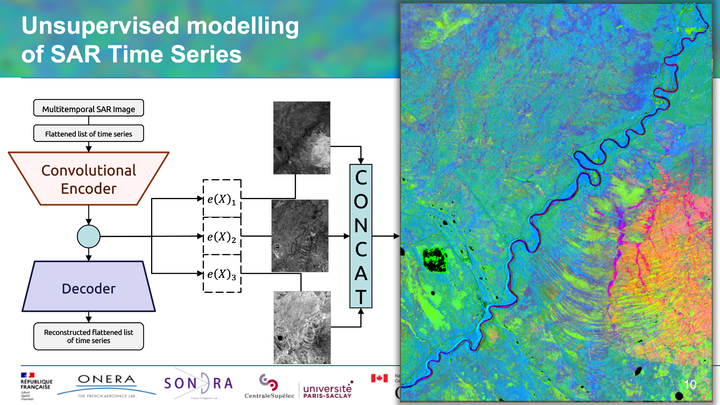
Abstract
The analysis of C-band SAR backscatter time-series over boreal forests can provide tools for a variety of forestry-related applications, such as the estimation of biophysical attributes (Antropov & Rauste & Häme & Praks, 2017) or the assessment of the soil freeze/thaw status (Rignot & Way, 1994). Such studies examined the correlation between temporal profiles and biophysical attributes of boreal forests and found that backscatter seasonal variations were mostly attributed to changes in ground conditions (Rignot et al., 1994). The recent availability of temporally dense Sentinel-1 C-band data further opens up the estimation of forest biophysical attributes or cover types from SAR time-series. However, such applications over large areas of Canada’s boreal forests pose challenges including massive processing requirements of such dense time-series which convey noisy or redundant information. Furthermore, specific challenges for sparsely inventoried northern boreal forests of Canada include the lack of forest information required to train parametric models or supervised classifiers. For that matter, SAR time-series representation of lower dimensionality derived from unsupervised deep learning algorithms are sought after as input to non-parametric modelling of forest attributes or unsupervised classification of forest types.
More in the pdf file….